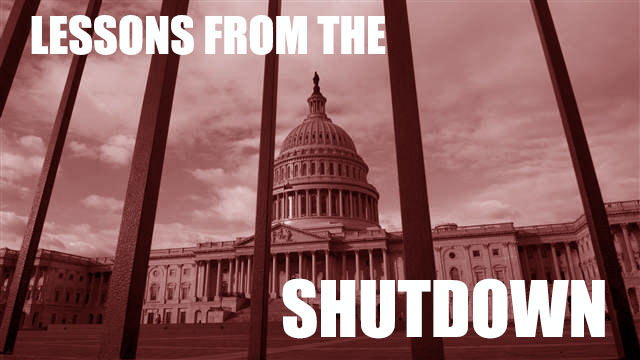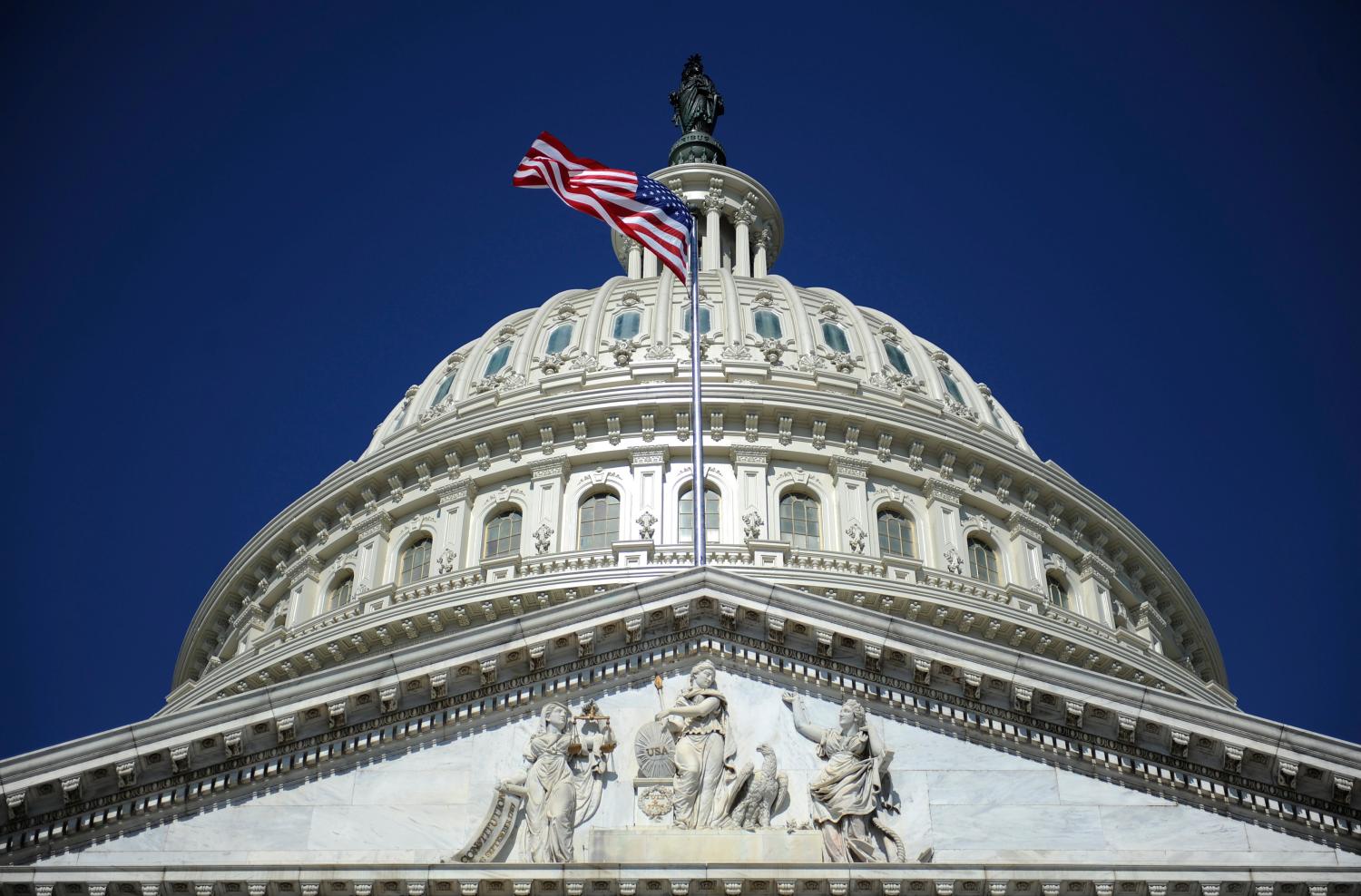The Lessons from the Shutdown Series examines the costs and consequences of the recent shutdown and debt ceiling fights. In this piece, Jill Long Thompson explains that the Farm Bill has fallen victim to partisan gridlock and it has led to consequential uncertainty over agriculture policy.
The legislation being considered in conference committee this week is our seventeenth farm bill. Congress passed the Agricultural Adjustment Act of 1933, the nation’s first farm bill in the midst of the Great Depression. While there have always been, and always will be, disagreements in Congress, the process this time is as contentious and difficult as most can remember. While similarities exist between the House and Senate bills, continued uncertainty over the final product will have serious consequences for agriculture policy in both the short- and long-term.
Farm bills have evolved over the years, but historically there has been a consistency in both the process and the policy. I was privileged to serve on the House Agriculture Committee in the late 1980s and early 1990s, and I was always struck by how little partisanship my colleagues exhibited. We were much more interested in the agriculture of our congressional districts than in the differences of our political parties. That has obviously changed, reflected by the fact that we are in the final months of 2013 and the 2012 Farm Bill is still a work-in-progress.
Additionally, while there have been policy changes over the past eighty years, the modifications, for the most part, were gradual, which allowed farmers the opportunity to adjust their business plans and operations over time. Because there are so many uncertainties and risks that are unique to production agriculture, this consistency in farm bills has been critical to ensuring a productive and successful farm sector in our economy.
In general, our farm policy has provided direct or counter-cyclical payments to farmers for the purpose of ensuring they can continue to operate, in spite of extreme weather events, low commodity prices, and other uncontrollable occurrences. In the early decades of the farm programs, there was strong support for them. Americans have always wanted to have access to a safe and affordable supply of food, and federal farm policy helped ensure a consistency in our food supply. When the first farm bill was passed, twenty-five percent of our population farmed for a living. Today that figure is less than two percent. (As a point of reference, when President Abraham Lincoln created the Department of Agriculture, ninety percent of the population farmed for a living.)
As the percentage of our population engaged in farming waned, the House and Senate Ag Committee Members looked for ways to build a coalition of support for farm policy. Fewer farmers in the population meant fewer farmers in the voting booth. And that led to the addition of food and nutrition programs to the 1973 Farm Bill, something that generated both urban and rural support. The building of this coalition also helped ensure a consistency in farm and food policy.
Also, as the number of farms decreased, the size and sophistication of the farming operations grew. Following the farm crisis of the 1980s, many farmers and farm organizations began to advocate for better risk management tools and stronger incentives for conservation. That led to the development of more useable federal crop insurance options and the de-coupling of farm payments in the 1996 Farm Bill. These provisions in subsequent farm bills have been very popular. They have made it possible for today’s producers to engage in long-term planning while using environmentally sound practices. Even though there were policy changes, there was a consistency from one farm bill to the next.
Today we face a challenging fiscal and political environment, and the Senate and House have passed very different pieces of legislation due to stark ideological difference over the food stamp program, as well as major differences in crop insurance and dairy programs. Yet, they are in agreement on one significant change: direct payments are being eliminated and expanded risk management tools are offered as an option to farmers. This is an approach that works well for the more sophisticated family farming operations of today. So, even though the House and Senate conferees have some distance to cross before reaching consensus, in some very important ways, the two bills are more alike than different. The conferees face a tough challenge in reconciling the differences and this uncertainty makes it difficult for farmers to plan for next year, and even more difficult to plan for the long-term.
The uncertainty causes great concern in two ways. Not only is there uncertainty about what future policy will look like, there is uncertainty about when and whether Congress can reach an agreement on passing a farm bill. The “regular order” of periodic farm bills is not so “regular” in these contentious times. This uncertainty makes the business of farming even more difficult. And it creates uncertainty in the global marketplace. As with the federal budget and the raising of the debt ceiling, we need to be able to demonstrate both domestically and internationally that we can resolve our differences and get on with business. It is none-too-soon for the farm bill conferees to complete their work.
The views expressed here do not represent the Farm Credit Administration or the U.S. Government.
Jill Long Thompson is a former Member of the U.S. House of Representatives and served as Under Secretary of Agriculture for Rural Development in President Bill Clinton’s Administration. She now serves as the Board Chair and C.E.O. of the Farm Credit Administration and resides on a farm near Argos, Indiana.
The Brookings Institution is committed to quality, independence, and impact.
We are supported by a diverse array of funders. In line with our values and policies, each Brookings publication represents the sole views of its author(s).






Commentary
Lessons from the Shutdown: Partisanship, Uncertainty & the Fate of the Farm Bill
October 29, 2013